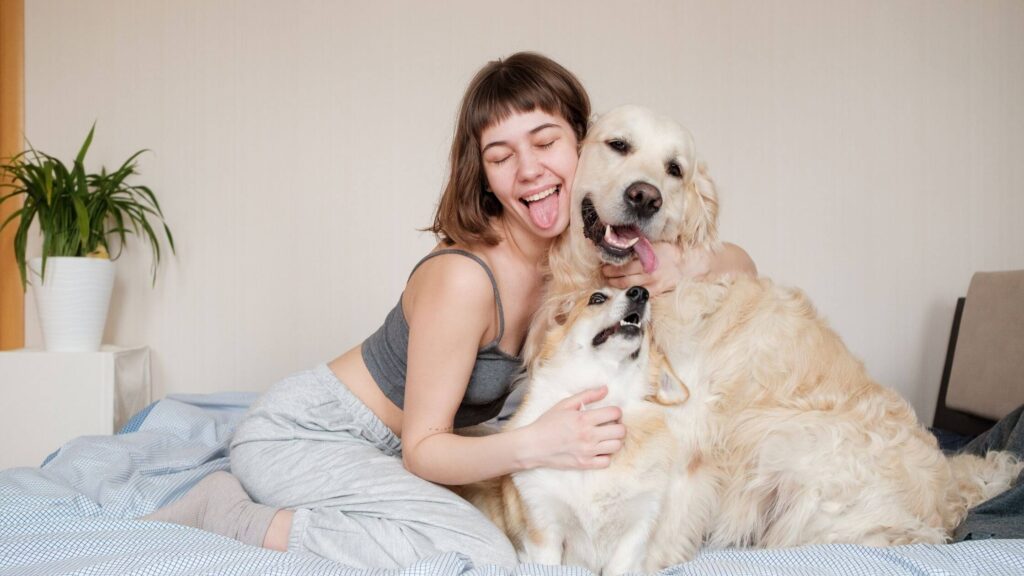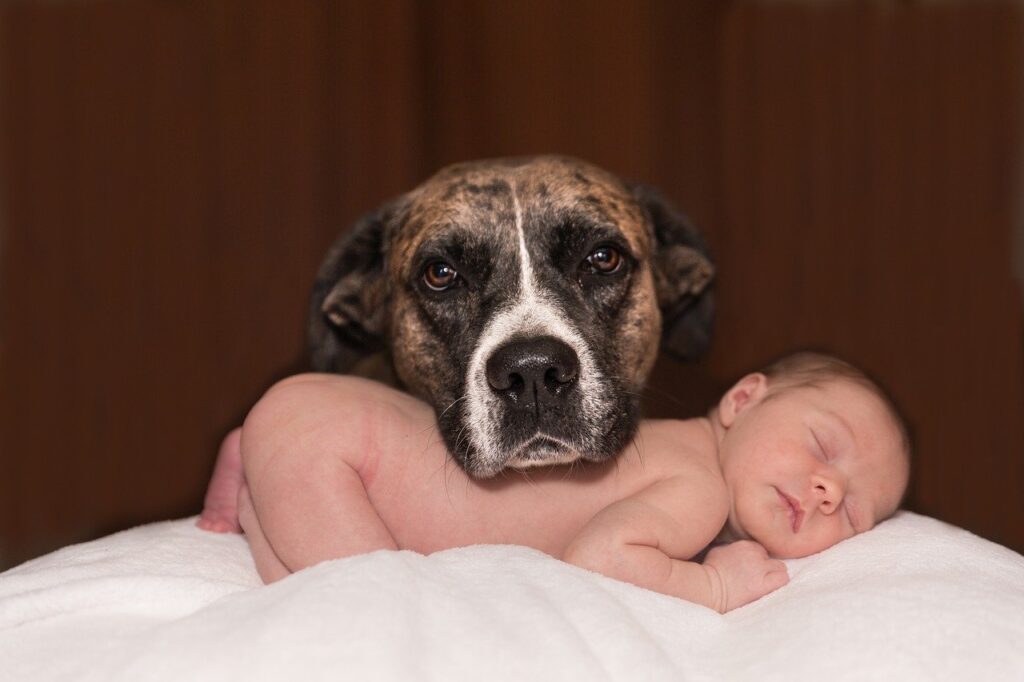How to train a dog at home? Today we will see the Top 10 Dog Training Techniques at home. If you love your dog but his barking, chewing, and misbehaviour will drive you crazy there is no need to despair. Not everyone has the resources to train their puppies for housing. But fortunately, there are many things you can do at home to get the job done. To make sure you are not left on the edge of your rope or at least continue to learn what can and cannot be done with dog training. Today we will look at ten simple ways to train a new dog and the dos and don’ts of dog training.
10 Don’t yell at the dog.
It can be challenging to stay calm when your dog chews on your laptop and stops barking. And it often happens when you need to finish a homework assignment or just want to keep quiet. If you yell at your dog, you risk damaging the precious bond you have with your dog. Dogs are very sympathetic to humans so increasing your volume can be very stressful. Ironically, it may have had the opposite effect, making her very happy about the situation. He was well aware that barking is as good as barking.

9 Do be firm.
The eyes of the big dog looking up may prevent you from saying anything to your dog when you misbehave. However, to teach him proper manners, you need to be strong. Puppies need a pack leader, and if they see you as easy or flexible they will not be encouraged to learn better behaviour. That is why it is imperative to use a strong voice when trying to reprimand them. But without shouting the dog will recognize your voice and see you as an authority figure. The right thing you can do is talk to the dog in a simple, understandable way. The next time your dog tries to get on the couch, just give him a strong No.
8 Don’t get physical.
Exercising or threatening pain is never the most effective way to train your dog. This behaviour only teaches dogs to fear their owners and to lose the natural trust they have in you. Even if you do not physically harm your dog, using a shock collar teaches him to respond in fear. The threatening pain of stepping on your foot next to the dog sends him a direct message that he should be considered a threat. Keep your relationship with your dog strong and healthy by avoiding physical contact at all costs.
7 Do give your dog a time out.
Time is a reliable way to teach your dog to stop doing annoying or aggressive things. Then, your dog’s barking pushes you over the edge or you yell at another pet badly. Simply put him in a dog’s crib or take him to a place where he will become bored. This can be a bathroom or a bedroom. Just make sure the place is safe. The dog should sit there for two to three minutes. Every time you misbehave, say the words TIME OUT to the dog and put it in one place. In this way, you will understand the immorality that leads to getting away from toys and people.
6 Don’t stare down at your dog.
If you are speaking to a child who has been misbehaving, eye contact may be necessary to emphasize the seriousness of the situation. But for a dog, direct and prolonged staring may be threatening. So it is not a practical way to teach him. Your dog may look into your eyes while you wait for pleasure while waiting for food or when you want to go for a walk. But if you stare at your dog you may be as upset as the people around you. In this case, you would expect her to bring her body down, look away, and do all she can to break away from you. The dog will see it, and will be afraid: staring at the subject you are trying to convey is too much for him to process.
5 Do address biting and nipping.
According to Caesar (the famous dog whistleblower website ), a simple way to stop your dog from eating or biting would be to respond to the barking of a dog. While playing with other puppies, if the dog bites hard, the other dog will howl, causing the bite to release. If the dog bites you can recreate this yelp to teach it that it is wrong. One way is to give the dog chewing gum when it feels you are about to hurt it. This will show him which items are ready to bite and which are not.
4 Don’t expect your dog to know where to go potty.
The dog needs a solid routine to be trained to cook pots. A dog’s digestive system can be regular and usually requires 5 – 10 minutes after consuming food. If your system looks busy your dog eats at different times of the day or you can walk it at regular intervals. You can expect to find a smelly mess when you get home from time to time. As the owner, you will need to establish a strict schedule for when your dog eats and when you take it out for air.
3 Do be consistent.
You allowed your dog to bark unnecessarily yesterday. So if you let it slip today, you will get mixed symptoms and won’t be able to correct the behaviour. Common examples include letting your dog sleep in your bed on some days but not on other days. Having him scratch the dining table from time to time, allowing him to knock on the door sometimes, and allowing him to chew on unsuitable items but not on others. That level of disagreement will make the dog confused about the boundaries you have to respect. Therefore, consistency is key, even if you are tired at first. The dog will be able to learn as soon as possible with proper instruction, usually within four to six months. At that time many puppies will distinguish between right and wrong and will be trained in the house.

2 Don’t reprimand long after the offence.
When you get home you find out your beloved dog has hit the precious Voz, and you try to scold him for something you did last hour. The dog will never know why you are being scolded. When you catch him doing this, you should punish him. That is the only way a dog can connect with immorality and discipline. If you watch TV while the dog chews on your shoe, you may look cute. However, removing your foot or gently removing her from the path will teach her not to chew on shoes in the future. It is critical to correct the situation at the right time.
1 Do educate and reward your dog.
Puppies need to learn when they are misbehaving and when they are doing things right. To make your dog understand both positive and negative things, you must teach both ways. If your dog stops chewing the pillow when you say NO. Then it was a fun time. If your dog calms down after finding time to close he deserves a prize. If the dog finally learned to use the potty in the backyard tell him what a good job it is. His only mistake was forgetting to reward the dog immediately after it performed the actions. Now you will associate the right behaviour with a reward.
Puppies can present many challenges to new pet owners or even experienced pet owners as each dog comes with its own set of behaviours and personality traits.
Despite bad habits, puppies can be a great addition to your family and will be trained instantly if you follow these recommendations. If you have tried these tips for a few months and your dog still insists on causing a crash in your home, talk to your veterinarian. He or she may be able to recommend a qualified trainer or training class. So tell us what the most difficult part of training your dog is in the comments section.
If you love animals and nature you are in the right place. Join MYPETPLANT Family






